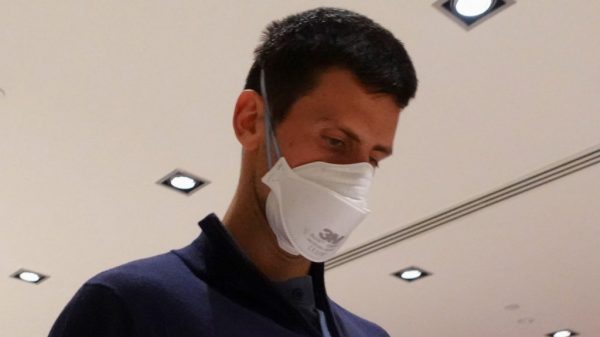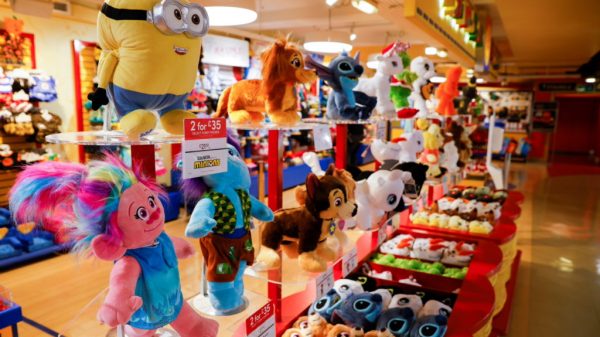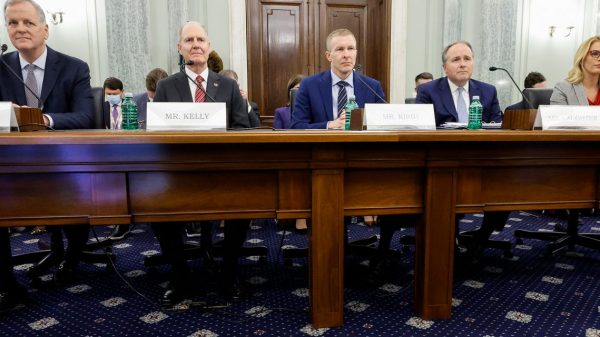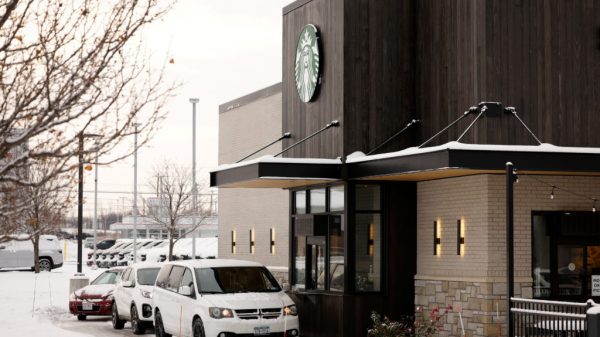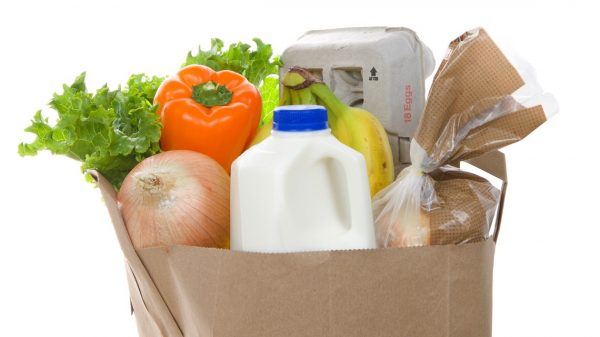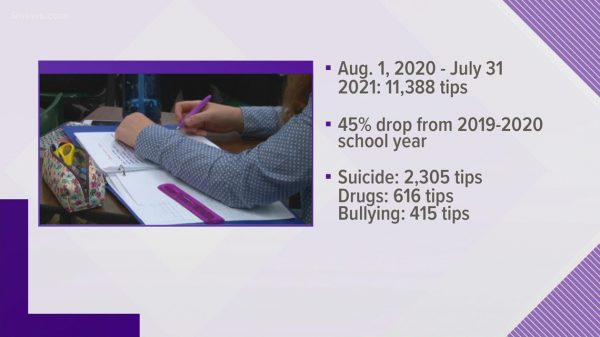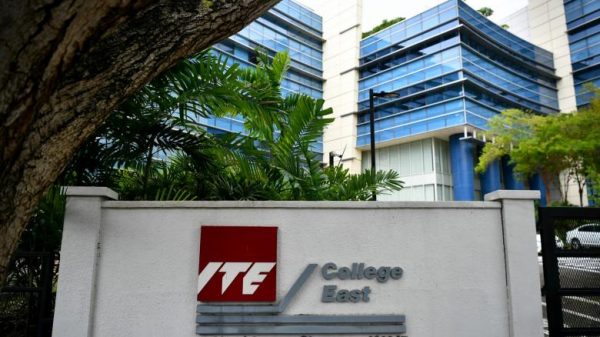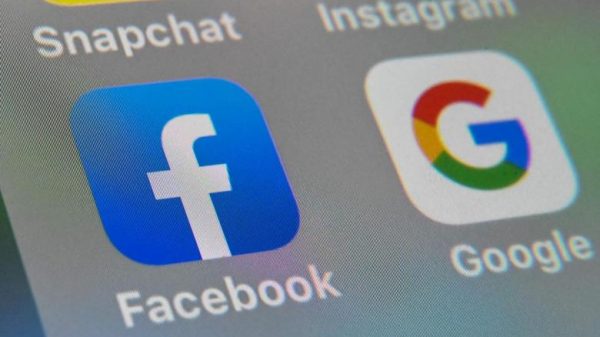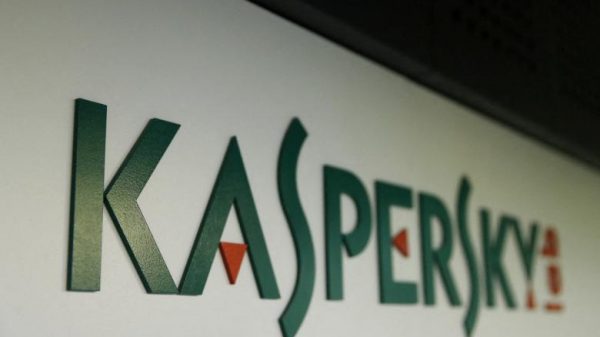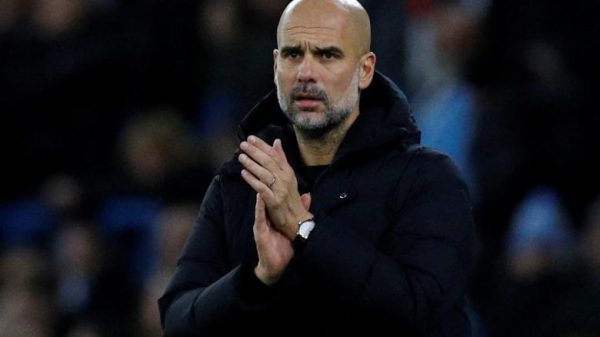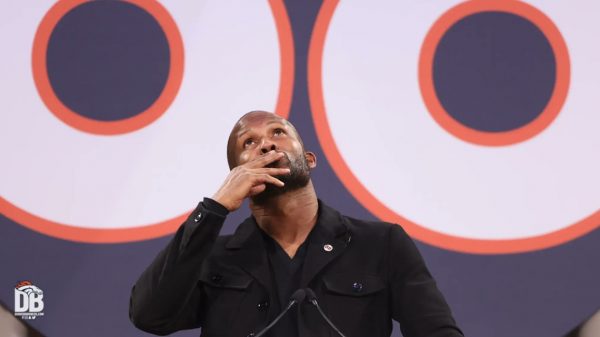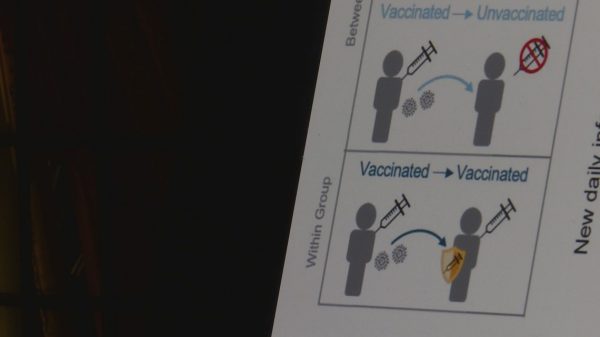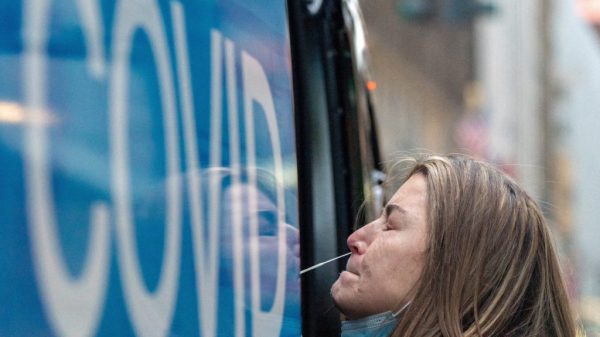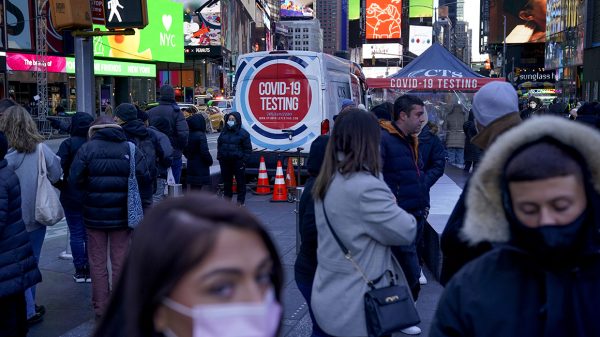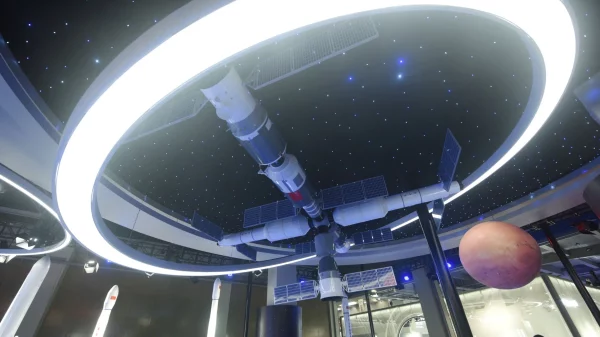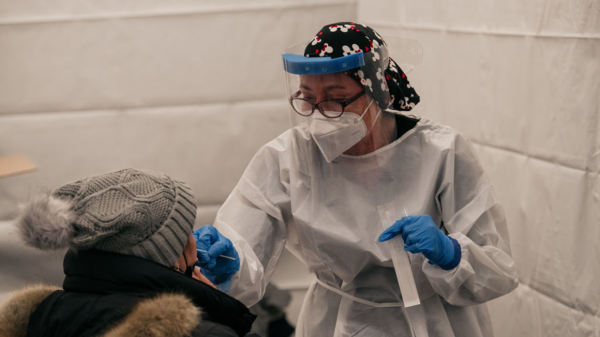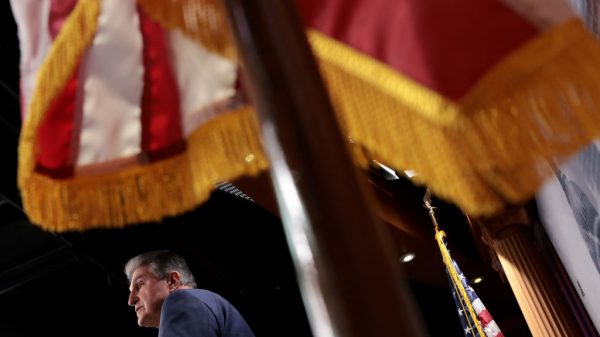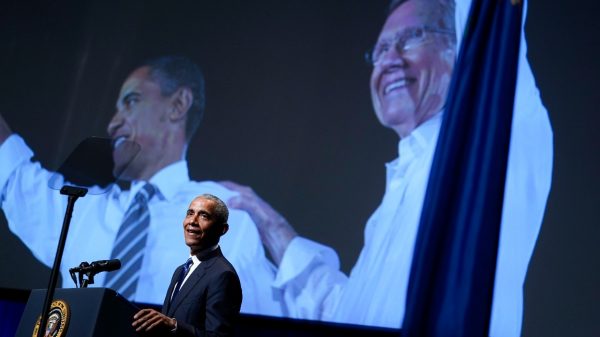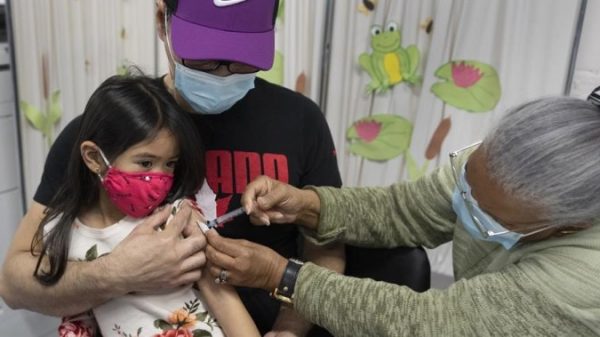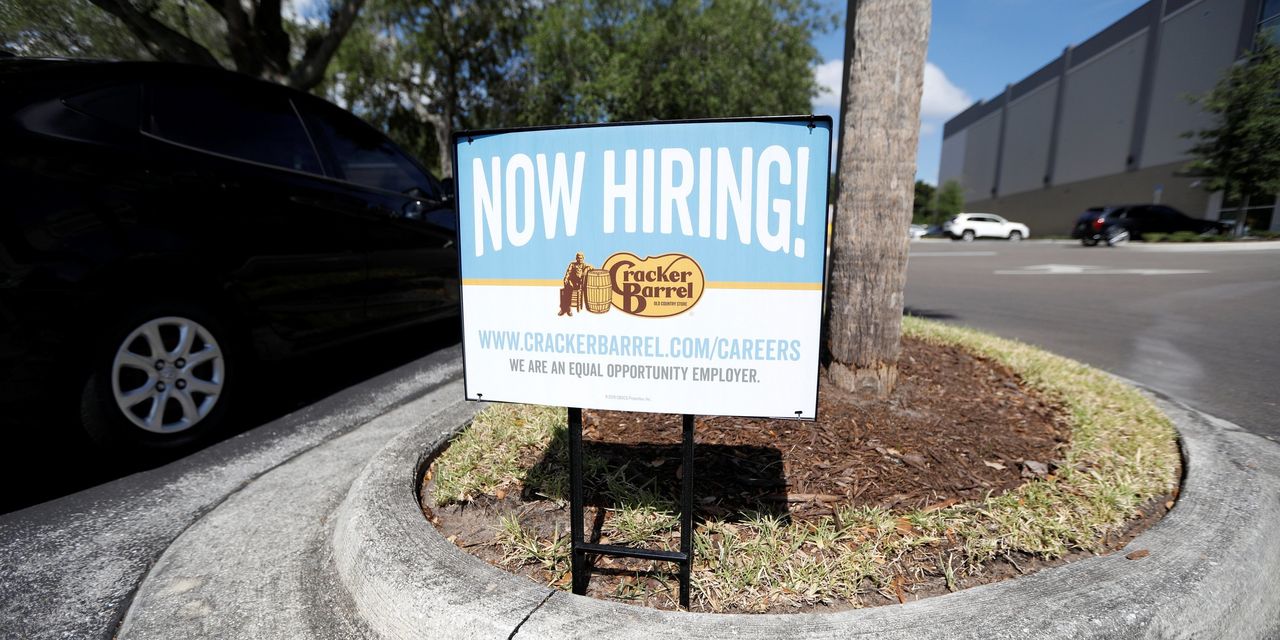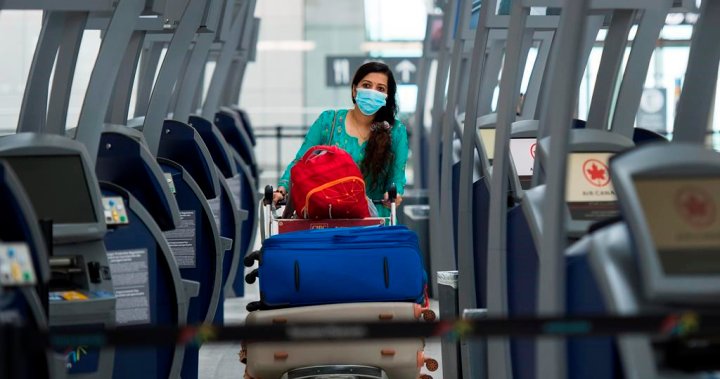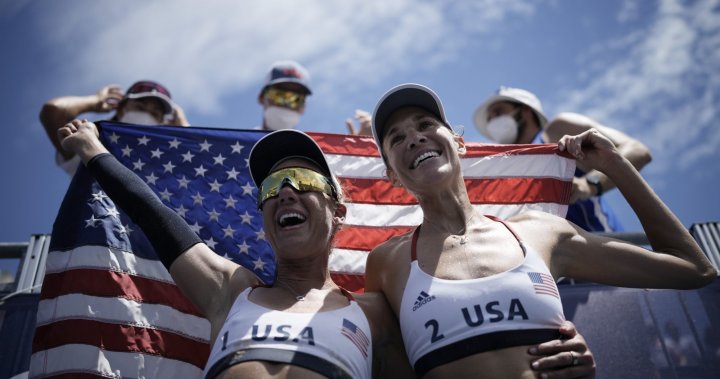Casual-dining chains are leaning on technology to make the sit-down restaurant experience more automated for guests and more streamlined for busy employees—and in some cases to compensate for a shortage of servers.
Cracker Barrel’s eat-in customers can pay for their meals through an app on their phones and tablets at all of the company’s 660-plus Southern-themed restaurants.
“The more we can move volume to things like that, it takes the pressure off the labor in the stores,” said
Sandra B. Cochran,
Cracker Barrel’s president and chief executive. Staffing has become challenging at Cracker Barrel, which has classified the personnel situation at 10% of its restaurants as “critical,” Ms. Cochran said.
The technology investments at casual-dining chains are partly meant to ease the pressure on the wait staff who returned to work once pandemic restrictions were lifted. As customers headed back to hospitality businesses in droves, many workers didn’t. The U.S. Labor Department counted 993,000 unfilled jobs at restaurants at the end of March, and their owners are trying various tactics to encourage people to apply, including higher pay and bonuses.
Fast-food restaurants have been supplementing servers and cashiers with self-serve kiosks for about a decade, in a bid to bump up profit margins and keep the ordering process speedy.
There has been a debate about such systems’ place in full-service, casual-dining restaurants, said John Glass, a managing director and equity analyst covering restaurants at
Morgan Stanley.
“If face-to-face interaction is important to your brand, and you suddenly took it away, you’ve removed a layer of the brand differentiation,” he said.
But more full-service chains have begun integrating so-called tabletop technology into the dining experience because it has demonstrated its value, both for the customer’s experience and the restaurant’s bottom line, said Deepthi Prakash, global director of product and marketing TBWAWorldwide, an
Omnicom Group Inc.
advertising agency.
Ordering from a screen and not a server means customers are more likely to choose the dishes, substitutions and amount of food they really want, without worrying whether the waiter will judge them, said Ms. Prakash, who previously worked with restaurants as an experience design consultant.
“People order more and the tables turn over faster, because they can get their orders and they can get their bills sooner,” she said.
Dave & Buster’s, which offers customers arcade games alongside food and drink at 141 locations, has earmarked around $5 million for hiring programs and retention initiatives. It is also expanding its contactless service model, which relies on a mobile web platform running on tablets provided by the restaurant.
“The stores operating on this platform have been able to expand the size of server sections and reduce staffing levels to be more efficient,” the company’s chief operating officer,
Margo Manning,
said on a call with investors in June. All of the chain’s restaurants will be operating on the new model by July, she said.
The company is also testing a system where customers use their own phones to order and pay at two locations, in Dallas and New York City’s Times Square.
“If the guest is uncomfortable and is looking for the server experience we can adapt, but what’s been interesting is in both of these situations we’ve had high guest adoption,” Ms. Manning said.
Restaurants are also introducing more sophisticated back-of-house technology to make employees’ jobs easier. Cracker Barrel said that this summer it would test a new labor system that it hopes will streamline and simplify managers’ work. And
Darden Restaurants Inc.,
the owner of Olive Garden, said it plans to improve the user interface of the system used by its managers, as well as its central point-of-sale system.
Applebee’s, which is owned by
Dine Brands Global Inc.,
has brought in hand-held tablets for servers in around 500 of its 1,705 restaurants. Wait staff previously had to write down orders, then walk to a dedicated point-of-sale computer to send them to the kitchen. Now, they can send orders from the table, a move that improves order accuracy and speeds up service, the company said.
“Bottom line—the servers love these tablets because it makes their job easier and allows them to make more money,”
John Cywinski,
president of the grill and bar chain, said in a call to investors.
Write to Katie Deighton at katie.deighton@wsj.com
Copyright ©2020 Dow Jones & Company, Inc. All Rights Reserved. 87990cbe856818d5eddac44c7b1cdeb8




